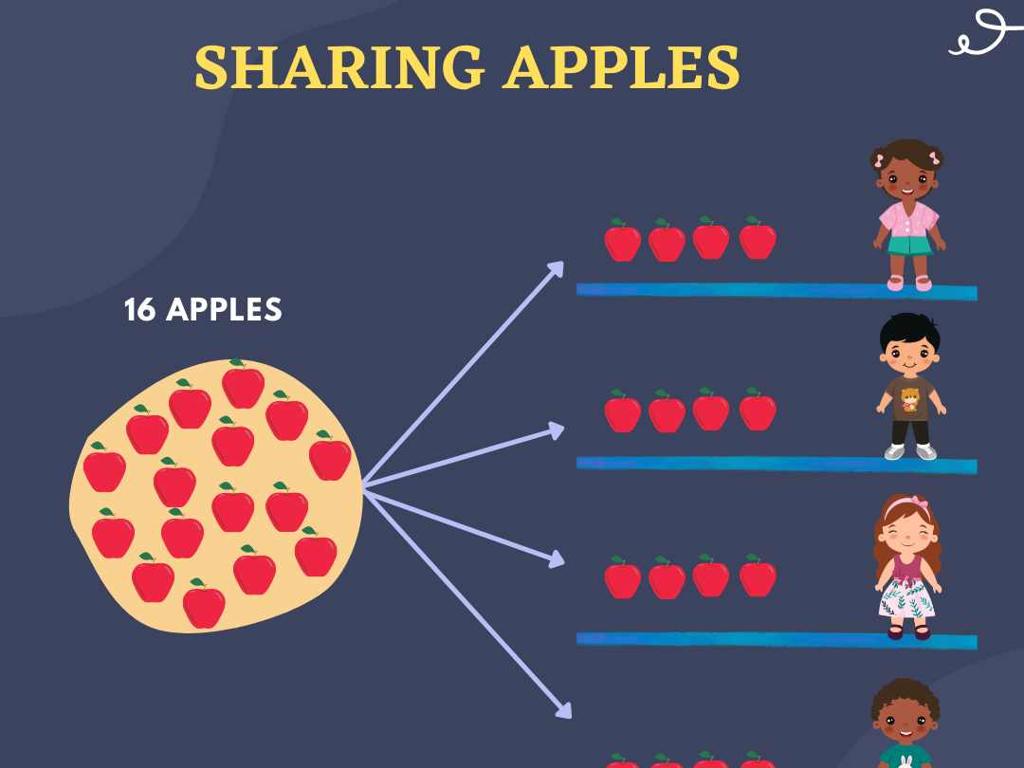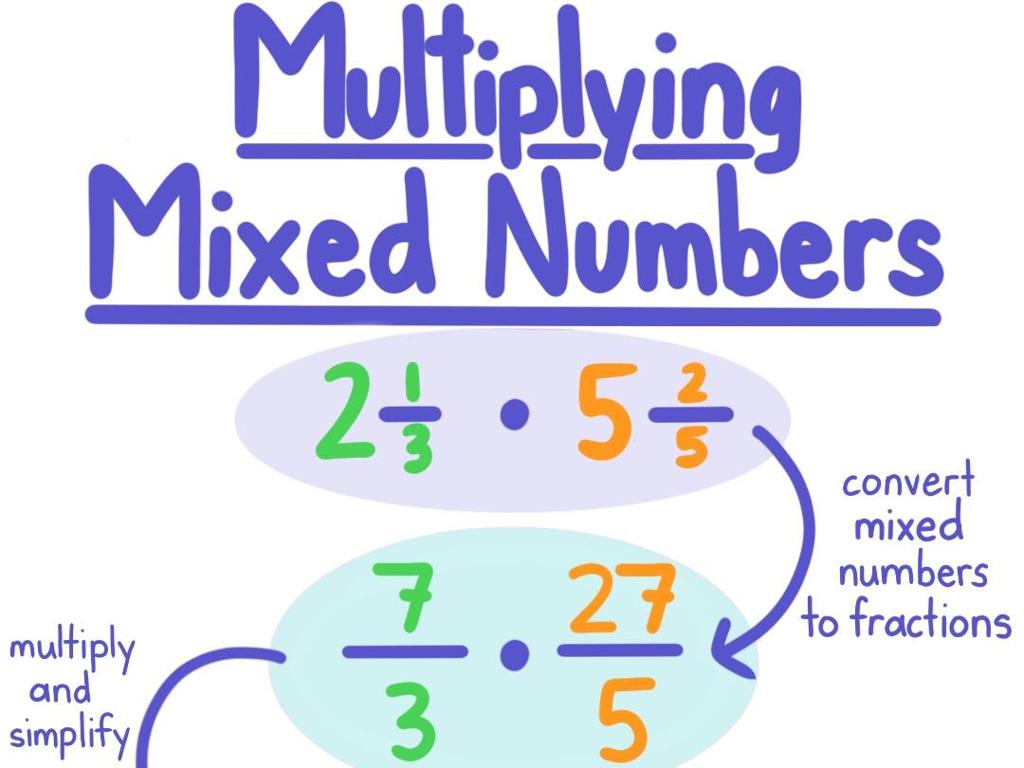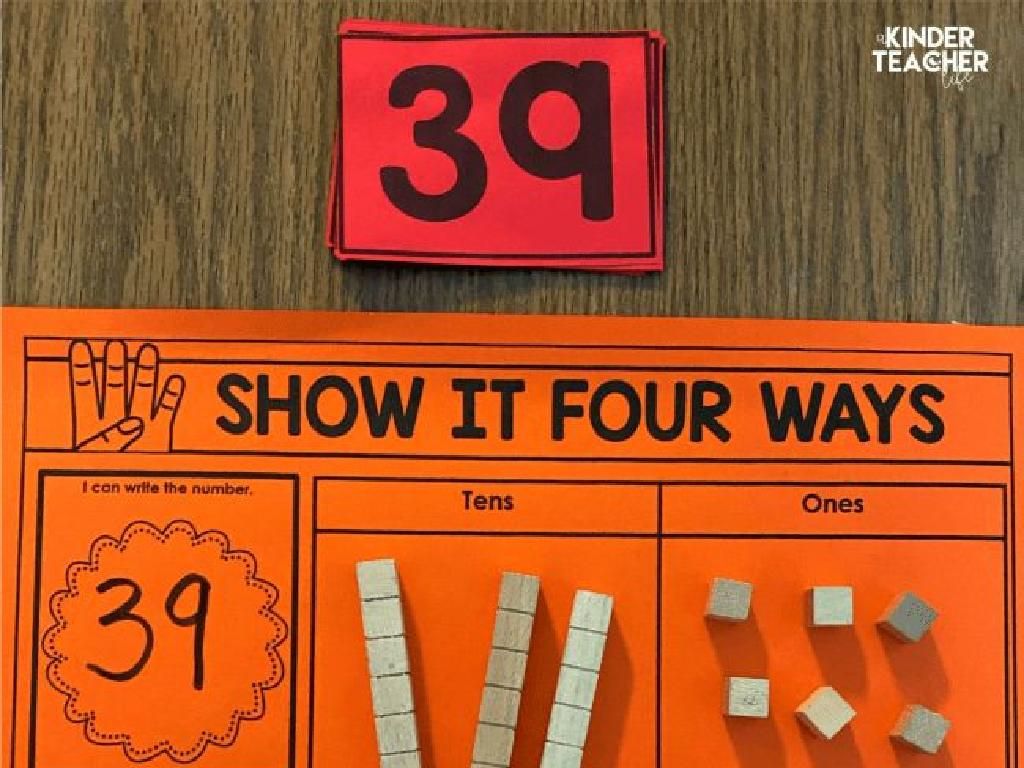Outliers In Scatter Plots
Subject: Math
Grade: Eighth grade
Topic: Two-Variable Statistics
Please LOG IN to download the presentation. Access is available to registered users only.
View More Content
Outliers in Scatter Plots
– What are scatter plots?
– A graph with points plotted to show a possible relationship between two sets of data.
– Identifying outliers
– Outliers are points that fall far from the main group of data, not fitting the pattern.
– Effects of outliers on data
– Outliers can skew our understanding of data trends and correlations.
– Importance of outlier analysis
– Analyzing outliers helps ensure accurate interpretations and decisions.
|
This slide introduces the concept of outliers within the context of scatter plots, a fundamental aspect of two-variable statistics. Begin by explaining scatter plots as tools for visualizing the relationship between two different variables. Emphasize the identification of outliers, which are data points that deviate significantly from the overall pattern. Discuss how outliers can affect the interpretation of data, potentially leading to incorrect conclusions about trends and relationships. Highlight the importance of careful outlier analysis for accurate statistical analysis. Provide examples of outliers in real-life datasets and encourage students to think critically about why outliers may occur and how they can impact statistical conclusions.
Understanding Scatter Plots
– Scatter plot definition
– A graph showing the relationship between two variables
– Points represent observations
– Visualize patterns and trends
– Look for clusters or lines of best fit
– Correlation in data
– Positive, negative, or no correlation
|
A scatter plot is a type of graph that is used to observe and visually display the relationship between two different variables. Each point on the graph represents an individual observation from the dataset. When analyzing scatter plots, students should look for overall patterns and trends that suggest a relationship, such as a cluster of points or a line that most of the points seem to follow. Additionally, students should be able to identify the type of correlation: positive (both variables increase), negative (one variable decreases as the other increases), or no correlation (no apparent relationship). This slide will introduce the concept and set the stage for further exploration into how outliers can affect the interpretation of data in scatter plots.
Identifying Outliers in Scatter Plots
– Define outliers in context
– Points that fall far from the main cluster of data
– Outliers can be high or low
– They deviate significantly from other data points
– Analyzing reasons for outliers
– Investigate outliers for errors or unique conditions
– Impact of outliers on data
– Outliers can skew our understanding and analysis
|
This slide introduces the concept of outliers in the context of scatter plots, which are crucial in understanding two-variable statistics. Outliers are data points that are significantly different from the rest, appearing unusually high or low on the graph. It’s essential for students to recognize these points and consider why they occur whether due to measurement error, data entry mistakes, or genuine variation. Understanding outliers is key to accurate data analysis, as they can greatly affect the results and interpretations of statistical calculations. Encourage students to think critically about outliers and consider their effects on the overall data set.
Understanding Outliers in Scatter Plots
– Outliers due to data entry errors
– Mistyped numbers or misrecorded data can skew results
– Outliers from measurement errors
– Inaccurate measurements lead to data points that don’t fit the pattern
– Outliers caused by sampling errors
– Non-representative samples can create misleading outliers
– Natural deviation outliers
– Variability in populations may naturally produce outliers
|
This slide aims to educate students on the various causes of outliers in scatter plots. Outliers can significantly affect the interpretation of data, so it’s crucial to understand their origin. Data entry errors are mistakes made when inputting data into a dataset. Measurement errors occur when the data collected is not accurate due to faulty instruments or procedures. Sampling errors arise when the sample taken does not represent the whole population accurately. Lastly, natural deviation in populations acknowledges that some degree of variability is expected and can lead to outlier points. Encourage students to think critically about outliers and consider these causes when analyzing data.
Effects of Outliers in Scatter Plots
– Outliers can skew data interpretation
– An outlier can pull the trend line away from the true direction.
– They may alter the line of best fit
– The slope can become steeper or flatter due to outliers.
– Outliers are crucial in statistics
– Outliers can indicate special cases or errors in data collection.
– Understanding their impact is key
|
This slide aims to educate students on the significance of outliers in statistical analysis, particularly in scatter plots. Outliers are data points that deviate significantly from the overall pattern. They can drastically affect the interpretation of data by skewing the perceived trend and influencing the slope of the line of best fit. It’s essential for students to learn how to identify outliers and understand their effects on statistical calculations. Discuss how outliers can sometimes highlight important phenomena or suggest errors in data collection. Encourage students to critically analyze data and consider the presence of outliers when drawing conclusions from scatter plots.
Outliers in Scatter Plots: Real-World Impact
– Scatter plot real-world example
– E.g., Heights vs. Weights of students
– Identify and reason out outliers
– Which points fall far from the cluster? Why might that be?
– Influence of outliers on conclusions
– Outliers can skew data analysis, leading to incorrect conclusions
– Understanding outlier impacts
– Grasping how outliers affect trends and predictions in data
|
This slide aims to help students understand the concept of outliers in scatter plots through a real-world example, such as plotting the heights and weights of students. Students should learn to identify outliers and discuss possible reasons for their occurrence, such as measurement errors or unique individual characteristics. It’s crucial to explain how outliers can influence the conclusions drawn from data, potentially skewing averages or trends. The slide should emphasize the importance of recognizing and understanding the impact of outliers in statistical analysis to avoid misleading results. Encourage students to think critically about how outliers could affect decisions made in various real-life scenarios.
Detecting Outliers in Scatter Plots
– Visually inspect scatter plots
– Look for points far from others
– Utilize mathematical calculations
– Calculate using IQR and Z-score
– Leverage technology for detection
– Software can help find and visualize outliers
– Understand outliers’ impact
|
This slide aims to teach students how to detect outliers in scatter plots. Start by explaining that outliers are points that don’t fit the pattern of the rest of the data. Encourage students to first try to spot outliers by simply looking at the scatter plot to see if any points are far removed from the cluster of other points. Then, introduce more precise methods like calculating the interquartile range (IQR) or using a Z-score to mathematically determine if a point is an outlier. Highlight the importance of technology, such as graphing calculators or software, which can automate outlier detection and make it easier to visualize. Discuss how outliers can affect the interpretation of data, emphasizing the importance of careful analysis.
Class Activity: Find the Outlier
– Analyze the given scatter plot
– Work in groups to spot the outlier
– Discuss the outlier’s characteristics
– What makes this point different from the others?
– Reflect on the outlier’s impact
– How does removing the outlier affect the data?
|
This activity is designed to help students apply their knowledge of two-variable statistics to identify outliers in scatter plots. Provide each group with a scatter plot that includes a subtle outlier. Encourage students to work together to find the data point that doesn’t seem to fit the pattern. After the groups have identified the potential outlier, lead a class discussion to explore why that point is an outlier and how it affects the overall interpretation of the data. Possible activities for different groups could include analyzing scatter plots from different datasets or having each group explain the impact of removing their identified outlier on the data’s correlation.
Conclusion: The Impact of Outliers
– Outliers’ role in statistics
– Outliers can significantly skew our data analysis.
– Outliers’ effect on data interpretation
– Identifying outliers helps us understand the true nature of our data set.
– Encourage class participation
– Reflect on today’s lesson
– Think about how outliers affected the data sets we looked at today.
|
As we wrap up today’s lesson on outliers in scatter plots, it’s crucial to emphasize the importance of outliers in statistical analysis. They can dramatically affect the results and interpretations of data. By identifying outliers, students can gain a more accurate understanding of the data sets they will encounter in real-world scenarios. Encourage students to ask questions about any uncertainties they have regarding today’s lesson and to share their thoughts or insights. This reflection period will help solidify their understanding and allow them to express any lingering questions they might have.






